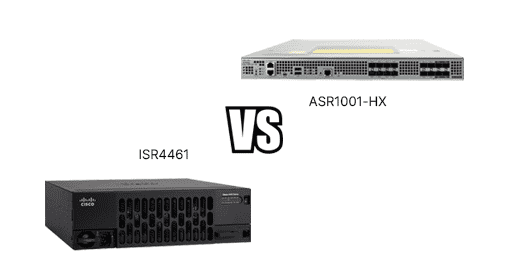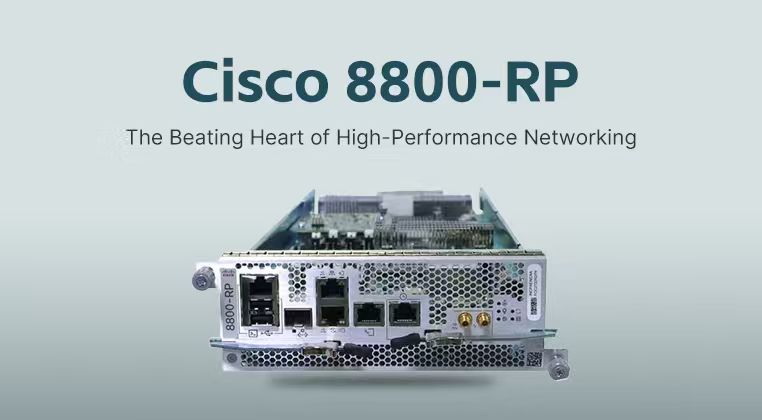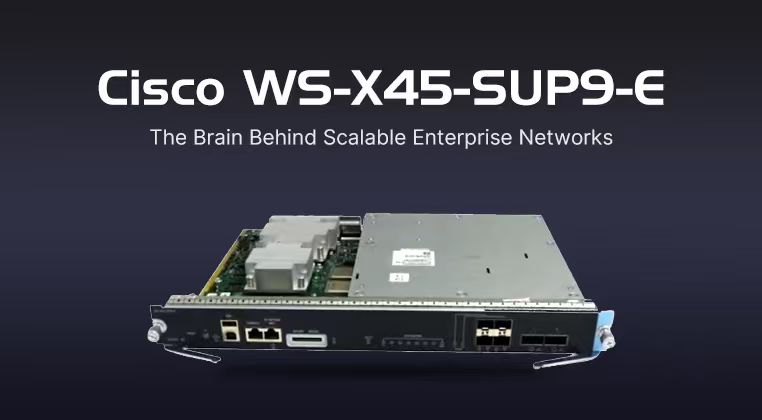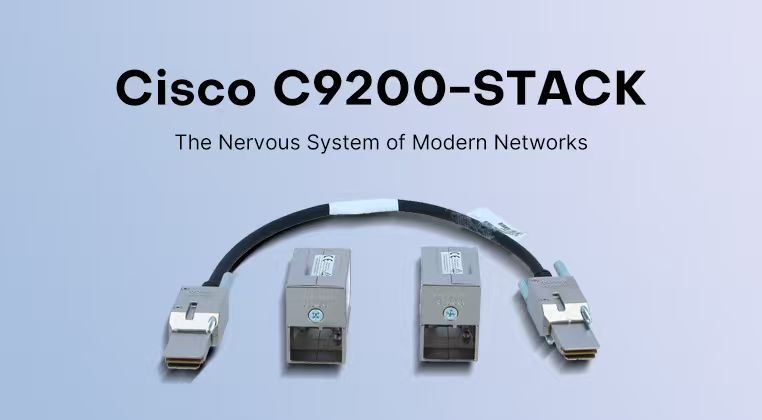














Cisco's Power Players: ASR1001-HX vs. ISR4461 – Where Do They Really Stand?
Alright, let's cut through the noise. Comparing Cisco's ASR1001-HX and the ISR4461 is like comparing a purpose-built Formula 1 car with a heavy-duty, all-terrain SUV. They're both incredibly capable, but they're designed for completely different races. If you pick the wrong one for your network, you're in for a world of frustration. Let's get real about what each one does best.
First, the hard numbers don't lie. This table shows you the core of their differences at a glance.
|
Core Parameter |
Cisco ASR1001-HX |
Cisco ISR4461 |
|---|---|---|
|
Series / Target |
Aggregation Services Router (Service Provider, Large Data Center Core) |
Integrated Services Router (Large Branch Office) |
|
Key Architecture |
Quantum Flow Processor (QFP) |
Multicore processors with an emulated Flow Processor
|
|
Max Throughput |
Up to 100 Gbps
|
Up to 3 Gbps (with performance license)
|
|
Software OS |
Cisco IOS XE (Modern, SDN-focused) |
Cisco IOS XE (Modular)
|
|
Form Factor |
1RU Chassis |
Router with enhanced service-module slots (3 slots)
|
|
Key Strength |
Raw speed, high-density 10/40/100G interfaces, carrier-grade reliability |
Integrated services (routing, security, voice, WAN optimization)
|
Just looking at the throughput—100 Gbps versus 3 Gbps—tells you a huge part of the story. The ASR1001-HX is built for moving massive amounts of data, fast. It's the kind of router you'd find at the heart of an internet service provider's network or in a large data center, where handling 10G, 40G, or even 100G links is a daily routine. Its secret weapon is the Quantum Flow Processor (QFP), a specialized chip designed to maintain blistering performance even when complex features like encryption and deep packet inspection are turned on.The ISR4461, on the other hand, is the king of the large branch office. Its "Integrated Services" name is the giveaway. It's not just about routing; it's about being an all-in-one platform. It can handle routing, a stateful firewall, intrusion prevention, WAN optimization, and even voice services like an integrated IP PBX, all running at the same time. You're trading raw speed for a rich set of built-in features that let you consolidate multiple appliances into a single, manageable box.When you look at them, the physical design hints at their roles. The ASR1001-HX packs its immense power into a sleek 1RU chassis, ideal for space-critical data centers. The ISR4461 has a more substantial build with dedicated slots for service modules and network interface modules (NIMs), giving you the flexibility to add specific connectivity or functions like a solid-state drive for local storage. For critical power needs, the ISR4461 supports redundant power supplies, a big plus for branch office reliability.For the person managing the network, the experience is totally different. Working on the ISR4461 feels familiar if you've managed Cisco branch routers. It's designed for all-in-one convenience. The ASR1001-HX runs a modern version of IOS XE, supporting advanced features like segment routing and real-time telemetry. It's built for network operators who need to manage high-scale, programmable infrastructure. The ASR is all about being the most powerful and efficient pipe, while the ISR is about being the most versatile and convenient office-in-a-box.
Talking about value is tricky because they serve different needs. The ISR4461's value comes from consolidation. By integrating multiple services into one device, you potentially save on hardware costs, power, space, and management complexity. The ASR1001-HX's value proposition is about cost-per-bit of throughput and carrier-grade reliability for the most demanding environments. You're investing in scalable, future-proof performance.
Let's break down the pros and cons straight up.
Cisco ISR4461: The Branch Office Powerhouse
Pros: Excellent as an all-in-one platform. Great for consolidating services, which simplifies your network and can reduce total cost of ownership. Offers good flexibility through service and network interface modules. Supports power redundancy and is NEBS certified for tougher environments.
Cons: Its performance ceiling is far lower. It's not designed for high-speed data center core or service provider aggregation roles.
Cisco ASR1001-HX: The Data Center and Service Provider Specialist
Pros: Massive throughput and support for high-density, high-speed interfaces (10G/40G/100G). Built with the Quantum Flow Processor for consistent performance with advanced features enabled. Runs a modern IOS XE version with advanced software-defined networking capabilities.
Cons: It's a specialist tool. If you need the integrated security, voice, and application services that the ISR provides, you'll need to look at additional solutions. It represents a different kind of investment focused on raw performance.
Stability is a key selling point for both, but in different contexts. The ISR4461 is built for the reliable, steady operation of a critical business location, with features like redundant power to minimize downtime. The ASR1001-HX is engineered for the non-stop, carrier-grade reliability required in service provider networks where any downtime has significant consequences.
The Bottom Line?
Your choice is simple once you answer one question: What's the core job?
If you're building or upgrading the core network for a large campus, a significant data center, or you're a service provider, the ASR1001-HX is the undisputed champion for its sheer power and scalability.
But if you're outfitting a large branch office that needs a single, robust device to handle routing, security, and maybe even voice, the ISR4461 is a proven and highly capable workhorse.
Choose the brain for the data center highway, or the brawn for the branch office crossroads. Just make sure you're on the right road.




